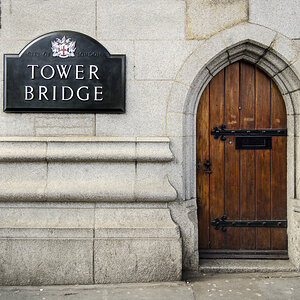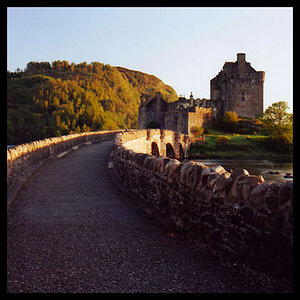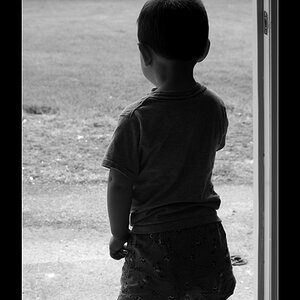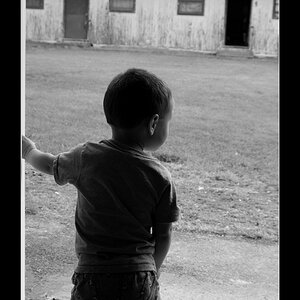gryffinwings
No longer a newbie, moving up!
- Joined
- Apr 28, 2012
- Messages
- 553
- Reaction score
- 48
- Location
- San Diego, CA
- Can others edit my Photos
- Photos NOT OK to edit
So I've been looking at these types of cameras, thinking one day I may actually like to have one, something smaller than my Nikon D5100, but also have some of the same qualities. Then I stumbled onto the Olympus OM-D, I was thinking this was a beautiful camera, and then I saw the price tag :thumbdown:. Either it seems to be a pretty good camera from what I saw in a review.
So what else is out there that is good, what are you guys favorite MILCs?
So what else is out there that is good, what are you guys favorite MILCs?













